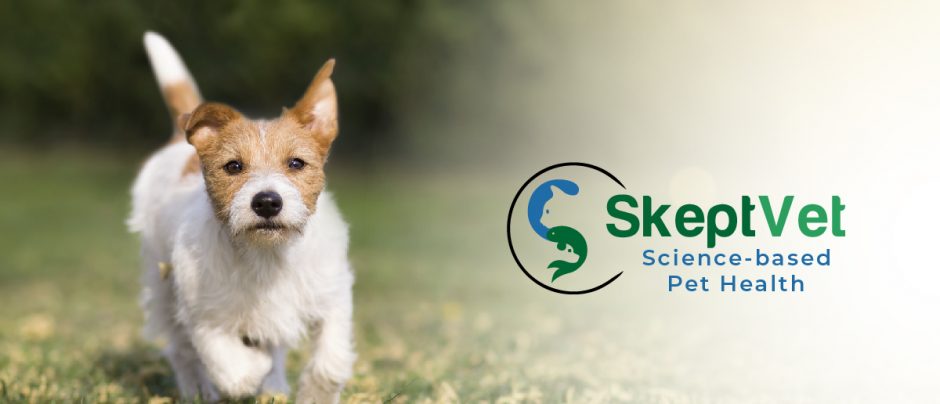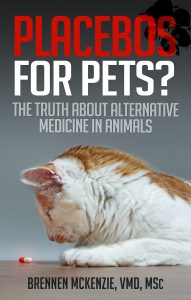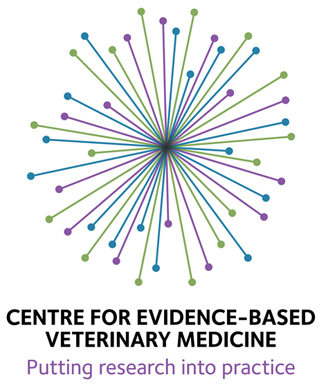The subject I focus on most often when discussing the value of CAM therapies is whether or not they are safe and effective. That is, do they generate a measurable improvement in objective measures of illness with acceptable side effects? Of course, they may make the patient feel better without actually being any better physically (e.g. this asthma study), through placebo effects of various kinds. One could argue that is a meaningful benefit, however it also represents a risk. Mistakenly believing a therapy is effective when the ritual of giving the therapy is generating the appearance of a benefit without altering the disease in the patient’s body can lead to inappropriate use of potentially harmful therapies and avoidance of truly effective treatments.
An issue that I don’t often address is the question of whether or not patients (or in the veterinary context, clients) are satisfied with the care they receive. This is an important concern, particularly since poor patient satisfaction is probably one of the factors driving people to seek CAM therapies regardless of the evidence concerning their safety and efficacy. It might be that would be less likely to seek unproven or bogus therapies in addition to, or in lieu of, science-based medicine if conventional medicine could do a better job of helping people cope with their disease.
There are efforts to do this, under the label of “patient-centered care,” though there are also efforts to turn this movement into a Trojan horse for providing unproven therapies just because patients sometimes want them. However, the assumption is often made that CAM generally makes patients happier than conventional care, and I’ll admit I am often inclined to believe this is true. But this impression is not based on much evidence, so I’m always keeping an eye out for research that addresses the question of whether or not patients using CAM are more satisfied with their care than patients who are not.
I recently ran across an article that addresses both the issue of CAM efficacy and of patient satisfaction with CAM treatment.
Scott D. Ramsey, Steven B. Zeliadt, Catherine R. Fedorenko, Megan E. Fairweather, Cara L. McDermott, David F. Penson, Stephen K. Van Den Eeden, Ann S. Hamilton, Neeraj K. Arora. Complementary and Alternative Medicine Use, Patient-reported Outcomes, and Treatment Satisfaction Among Men With Localized Prostate Cancer. Urology. 2012; 79(5):1034–1041.
The study recruited men newly diagnosed with prostate cancer in California and Washington state and surveyed them about CAM use and about their satisfaction with their treatment at diagnosis and 6 months later. The survey also evaluated patients’ functional outcome after treatment. These data were then analyzed to determine the variables that were associated with functional outcomes and patient satisfaction.
One problem that arises in surveys of CAM is defining what constitutes CAM. In other surveys (e.g. 1, 2), CAM use appears much higher when one counts practices that are not always properly understood as medical therapies, such as spiritual practices and some nutritional, exercise, or relaxation techniques. In this study, 52% of men reported CAM use when the following interventions were included.
Special diets, such as low fat or mostly vegetarian diet
Herbs or dietary supplements (such as saw palmetto, lycopene supplements, or selenium). High-dose vitamins or mega vitamins (such as vitamin E) (do NOT include 1-a-day multivitamins)
Homeopathy
Movement or physical therapies, such as yoga, tai chi, massage, chiropractic therapy Oriental therapies, such as acupuncture, acupressure, qigong, or shiatsu Mental health counseling or psychotherapy
Personal prayer
Faith healing, laying on of hands, or any other spiritual or religious group experience Mind/body therapies such as guided imagery/visualization, biofeedback, meditation, Relaxation techniques, hypnosis/hypnotherapy, energy healing, therapeutic touch, or music therapy
This list illustrates the questionable “big tent” approach to defining CAM. I am a vegetarian, I meditate, and I have occasionally had a massage, but I did not seek any of these as medical treatments, and I would not consider myself as using CAM as a result. Likewise, prayer and psychotherapy hardly seem like activities predominately aimed at treating disease. Though they may have some impact on health, and certainly one’s sense of wellbeing, it is a mistake to lump together nonsense like homeopathy, unproven but plausible therapies, and activities intended to be comforting as if they were all the same thing.
The authors did acknowledge this problem to a certain extent, and they conducted several of their analyses both including and excluding prayer. For example, when prayer was excluded from the definition, only 39% of subjects reported CAM use. I imagine the number would be even lower if psychotherapy, massage, and other such activities that have little to do with most forms of alternative medicine were excluded.
Unsurprisingly, CAM use was not associated with any difference in functional outcomes, such as urinary continence, sexual function, and bowel function. There were clear differences in these variables based on which, if any, conventional therapy was employed.
Perhaps more of a surprise is the finding that CAM use was not associated at all with patient satisfaction. Most men were satisfied with the care they received (78% reported completely or very satisfied), and the variables that seemed most strongly associated with this were measures of the quality of the communication between doctors and patients.
The authors also cite a number of previous studies of CAM use in patients with prostate cancer, which also suggest that the automatic association between CAM and patient satisfaction may not be justified.
For example, Eng et al asked patients with recently diagnosed prostate cancer who used CAM about their perceptions of its effectiveness. More than one half (60%) of the respondents believed they were better or a lot better on measures of energy level, stress, sense of control over disease, and PSA level. The remainder reported that their CAM therapies had no effect or worsened these measures. When asked whether their use of CAM therapies minimized the side effects of conventional treatments, one third of the CAM users (34%) reported improvement, 56% reported no effect, and 10% reported they believed the CAM treatments had made their side effects worse. Ponholzer et al found CAM users reported lower treatment satisfaction, quality of life, and health status than patients who did not use CAM.
Certainly, one study such as this is by no means definitive regarding either the effectiveness of CAM therapies or their impact on patients’ perceptions of their care. But it is one more piece of evidence to consider in evaluating these issues.









